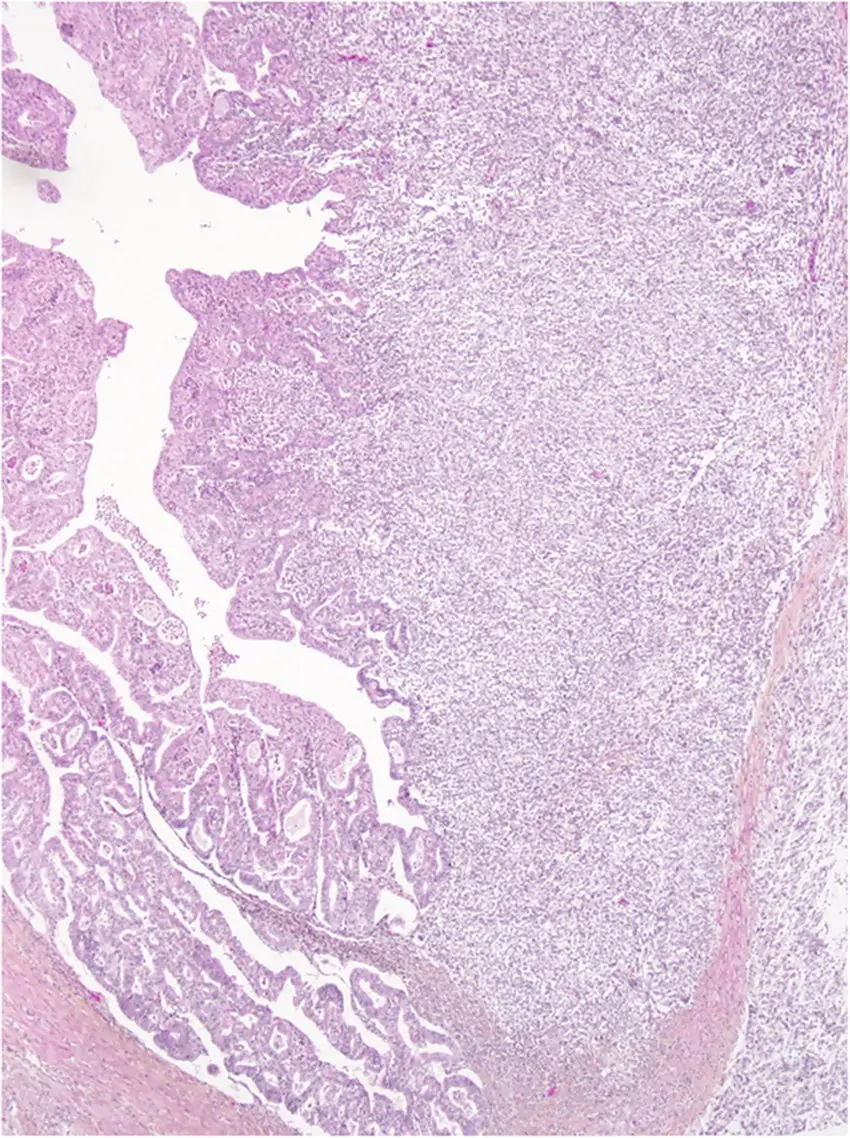What is dedifferentiated cancer and why should you care?
Some believe dedifferentiated cancer is a type of cancer. From my limited and non-medical background, I am beginning to believe that it is rather a stage in cancer development. It’s my hypothesis, yet to be proven or disproven. Why this might be important to you and your cancer journey we will get to in a few moments.
Now, just to be abundantly clear, this is merely my working theory. I offer it up so others can see if it makes any sense to them. If it does, what steps might be indicated for their journey.
It is well known that there are cancer cells within our bodies at any given moment. They remain a non-issue as long as our immune system is strong enough to fight them off. If that is not the case, these cells will eventually form a tumor of some kind and soon enough the diagnosis of cancer will be made. Just where that cancer lands depends on one’s own constitution, strengths and weaknesses.
Two Cancers in One
Prior to evolving (or perhaps more correctly, devolving) into dedifferentiated cancer, there is a differentiated, low-grade cancer. In my case it was endometroid adenocarcinoma. Beneath that cancer lies a second very distinct cancer – dedifferentiated endometrial carcinoma, a high-grade cancer. It is not uncommon for a standard biopsy to miss the secondary diagnosis. Dedifferentiated cancer is often beneath the surface and biopsy scrapings are from the surface. This explains why the diagnosis can change once pathology is able to analyze the entire organ. Low-grade cancers are less aggressive while high-grade cancers can be extremely aggressive.
Cancer development
Initial cancer cells are undifferentiated, meaning they have not formed into a particular, identifiable type of cancer. This is much like when the egg and sperm come together and those cells begin to multiply. At first, they are all undifferentiated but eventually, in their development, they differentiate into the various organs of the body. It’s the same with cancer. The cells begin undifferentiated without any organ specificity and then differentiate depending on which neighborhood they decide to move into. And make no mistake about it, there was something about that neighborhood that was just too enticing for those cancer cells to resist!
I know, this may sound simplistic and, to be honest, it is. The literature is written only in research-ese, a language I find difficult at best, and sometimes even impossible to decipher. The simplicity is so you and I can both understand it but it is simple. Besides, I’m incapable of making it sound any more complicated!
So now you have these differentiated cancer cells taking up residence somewhere in the body, wreaking havoc. This is often when a diagnosis is made. You have _________ (fill in the blank as to type) cancer. Mine is endometrial.
Original Cancer Morphs into Dedifferentiated Cancer
But down the road something happens for some reason that no one is clear about just yet, at least not in the information I’ve found so far. The original cancer starts to morph into dedifferentiated cancer. So the process is undifferentiated -> differentiated -> dedifferentiated cancer. I believe this might actually be the life cycle of cancer, at least for some.
Why just for some? Well I’m certainly not clear but I’m guessing it might have to do with particular genes that have been damaged over the years. If true, these genes can then interact with the differentiated cancer in some way that encourages it to morph. My other belief in regard to this is that this is some kind of survival thing for the cancer. How would that work?
Cancer looks to survive
Once a cancer gets to the dedifferentiated state it is able to then find another place to go hang out and live, or perhaps several places at one time. There are some who believe that dedifferentiated cancer is actually one step away from becoming cancer stem cells. This is important for several reasons. First, it can then go anywhere in the body to form a new cancer housing development. Usually differentiated cancers can only form more cancer in areas of the body that are zoned for that kind of housing development. Dedifferentiated cancers can go anywhere they want. One established, they can then differentiate into that particular type of cancer. Perhaps this is how the body can get riddled with cancer. Just a thought.
Cancer Stem Cells
If dedifferentiated cancer cells can, in fact, morph into cancer stem cells this becomes a very important factor in how to treat cancer. My understanding is that differentiated cancer cells are fast growing. Chemo is designed to kill fast growing cells, including cancer cells, hair follicles, GI tract lining and any other fast growing cells within the body. Cancer stem cells are said to be slower growing cells and thus unaffected by chemo. This would account for why some have recurrences and metastasis and others don’t since the stem cells remain untreated. They are then able to either go right out to cause trouble or wait for an opportune moment to establish themselves.
Treatment Approaches
So why is this important? What it means to me is that cancer treatment has to be a two pronged approach. Chemo actually makes sense when looking to annihilate differentiated cancer cells, those within a tumor or those that perhaps “got away” while the tumor was being surgically removed. I understand the potential for chemo intervention. I’m not going to address radiology since I’ve not yet gone that direction and probably won’t.
The second prong of the approach needs to find a way to address the potential of cancer stem cells, the slower growing cancer cells. Now even if some of my hypothesis is incorrect, there is no reason to believe that addressing this second prong would be wrong. In fact, it is my belief that immunotherapy may seek to address this issue, looking to keep the immune system on top of those cancer cells seeking to differentiate into their new home. This is what has been missing from treating cancer. This also helps to explain why people with similar diagnoses and similar treatments don’t have similar outcomes. Genetics come into play here with one person having more damage to their genes while the other doesn’t have as much. This is also where many alternative cancer approaches come into play.
How does one deal with the second prong? I’m not aware of treatment yet authorized addressing cancer stem cells with immunotherapy possibly being an exception. But in the alternative world of cancer treatment there are several options, usually used together, that are thought to help keep cancer stem cells at bay. This is a topic I’ll address at a later date.




